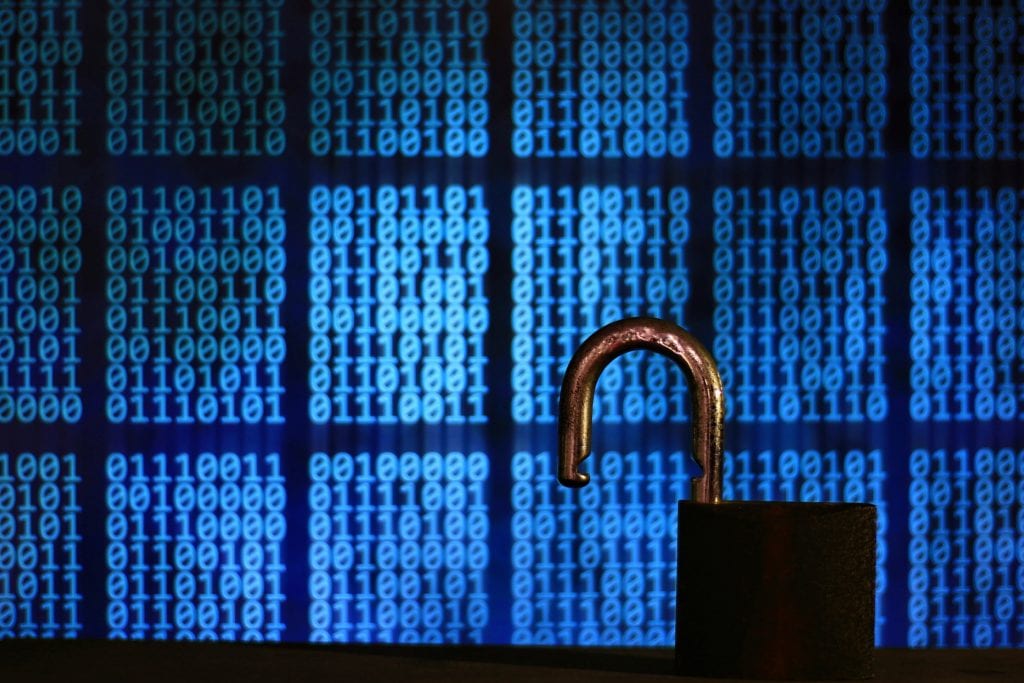
Viruses, ransomware, and other forms of malware remain a constant threat. It’s estimated that a new malware is released every 7 seconds.
One infection can take an entire business network down for hours or make it impossible to use your computer without tons of ads popping up.
There used to just be computer viruses that we worried about, but over the last decade and a half, malware has spawned multiple threats that PC owners need to worry about in addition to viruses.
Typical malware threats include:
- Viruses
- Trojans
- Ransomware
- Spyware
- Adware
- Banking trojans
- Fileless malware
- Worms
If you think that these threats just keep multiplying, it’s not your imagination. Every year for the last 10 years, global malware volume has increased. Between 2015 and 2020 the number of new malware applications detected rose by over 294%.
It’s important to take the proper preventative steps to protect your PC from dangerous viruses, costly ransomware, and more. We’ve got several best practices for virus prevention you can use both at home and work.
Use an Email Spam/Phishing Filter
The number one delivery method for viruses and malware is email. It’s been that way since the beginning of the computer age, and it’s still the case today. 92% of malware is deployed by email, which makes it important to use filtering to cut it off at the pass.
Using an email filter not only reduces the spam that makes its way into inboxes, hurting productivity, it also helps stop phishing emails by quarantining them instead of delivering them to the users. This is an effective protection against viruses and other types of malware.
Use a Good Antivirus/Anti-Malware Program
If you’re using a free antivirus you found online, you could be leaving yourself at risk. When it comes to IT security protections the old adage, “you get what you pay for” applies.
You should not use a free antivirus program and instead ensure you have a reliable one, preferably one that is managed if you’re using the computer for business use.
Things to look for in a good antivirus/anti-malware program:
- AI-features that can detect zero-day threats
- The ability to detect suspicious behavior (not just check a file signature)
- Regular updates of new malware profiles
- Reputable company
- Not a free application
Keep Your Computer Updated
A majority of malware takes advantage of code vulnerabilities in software. It’s one of those constant battles between application and device manufacturers and hackers. As soon as a hacker locates a vulnerability, the manufacturer puts out a patch to fix it, then another vulnerability is discovered, and the battle goes on.
You can significantly reduce your risk of falling prey to a virus, ransomware, or other malware variant by ensuring you keep your computer updated regularly, and this means:
- Operating system updates
- Application updates
- Firmware updates
One way to make the update process easier if you have a small business with multiple computers is to sign up for a managed IT services plan with a local St. Amant, LA provider (like Carl’s Computer Care). We take care of all updates for you.
Avoid Those “Free” Things You Find on Searches
Freebies by unknown companies are notorious for injecting computers with malware. It may be a “free screensaver” or “free disk cleaner” or some other type of free program that comes up during a Google search.
Avoid these unless you’ve thoroughly researched the software manufacturer and confirmed it’s legitimate.
Use a DNS Filter/Web Protection
A majority of phishing emails use links to malicious sites rather than file attachments. This is to skirt past some types of antivirus that won’t see any malware in an email, so they allow it through.
Clicking on a malicious phishing link can cause an automatic drive-by download of malware as soon as your browser loads the page.
The way to protect against malicious websites is to use a DNS filter, which is also known as web protection.
The filter acts as a protective layer between you and the internet. It checks the validity of a website before allowing your browser to load the page. If you click a link and it identifies it as malicious, you’re directed away from the site and to a warning page instead.
Use a Pop Up Blocker on Your Browser
Another way that scammers get unsuspecting computer users to download malware is to pop up an ad right in front of their cursor. A person might try to click away or click an “X” at the top of the popup, but malicious adware can install instead.
Using a popup blocker on your web browser can help keep annoying popups at bay, including those containing malware.
Do You Think You May Have a Virus?
It’s important to get a virus or other type of malware removed as soon as possible before it can do any other damage. Carl’s Computer Care has virus removal experts that can restore your PC and help you protect it from future threats.
Contact us today to schedule a consultation! Call 225-315-3498 or reach us online.
